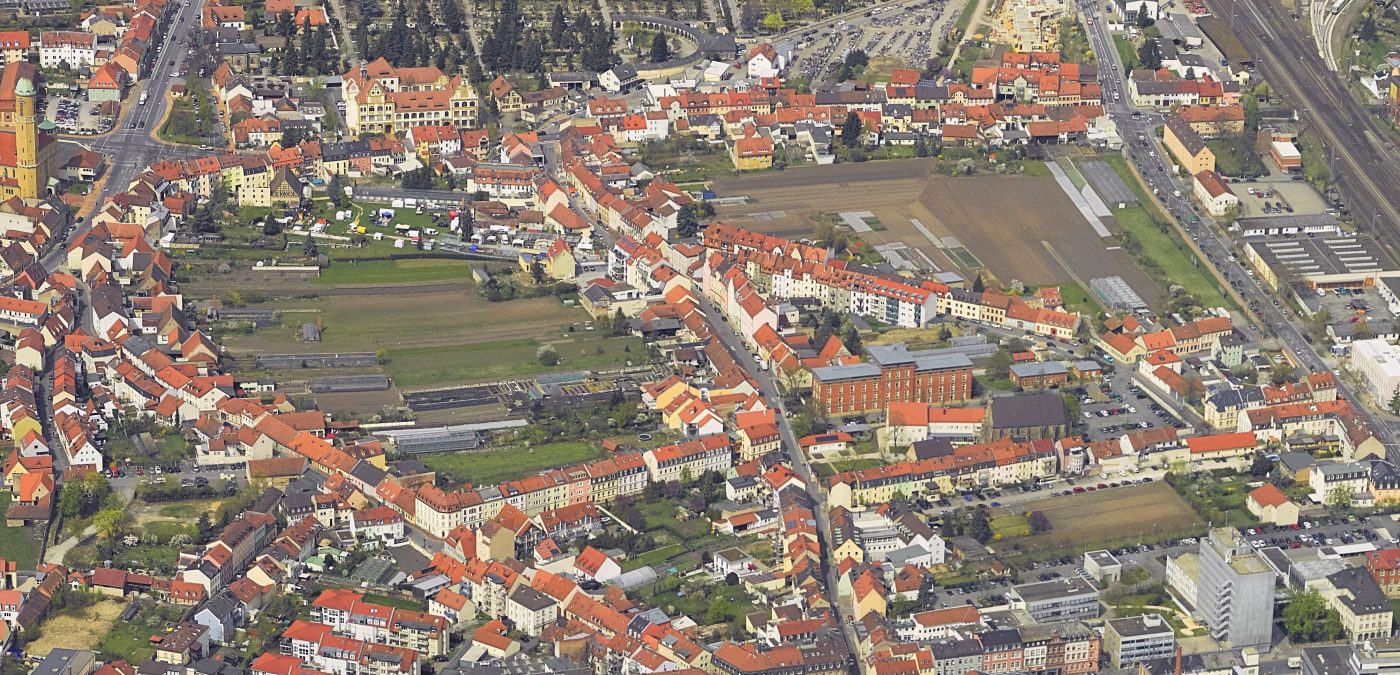2 November 2020

World Heritage City of Bamberg provides case study on historically rooted urban gardening
What if we could identify the best local and regional solutions, and promote them for learning at a global level? This is the idea behind the PANORAMA | Solutions for a healthy planet platform, a partnership initiative to document and promote examples of inspiring, replicable case studies enabling cross-sectoral learning and inspiration. ICCROM, IUCN and ICOMOS launched the Nature-Culture thematic community on this platform as a space for heritage practitioners to share and reflect their experiences from their heritage places, and to learn with their peers how similar challenges have been addressed around the globe.
As the first World Heritage City Bamberg has been included in the community. “The continuity of historically rooted horticulture in Bamberg is a practical approach to the connection between nature and culture in an urban context,” comments platform curator Dr Maya Ishizawa on the selection of the project.
Since the Middle Ages, urban gardening has been practiced in Bamberg. The medieval structures of gardening from farmsteads to adjacent acreage have been exceptionally preserved to this day. The Market Gardeners’ District with its wide and open spaces, within the World Heritage site and its buffer zone does not only characterize Bamberg’s townscape, but also forms an important contrast to the densely constructed town of Bamberg. In 2016, Bamberg’s gardening tradition was included in the National Inventory of Intangible Cultural Heritage.
Photo: Aerial view of Bamberg Gardening City (2017) © City of Bamberg / Lara Müller


